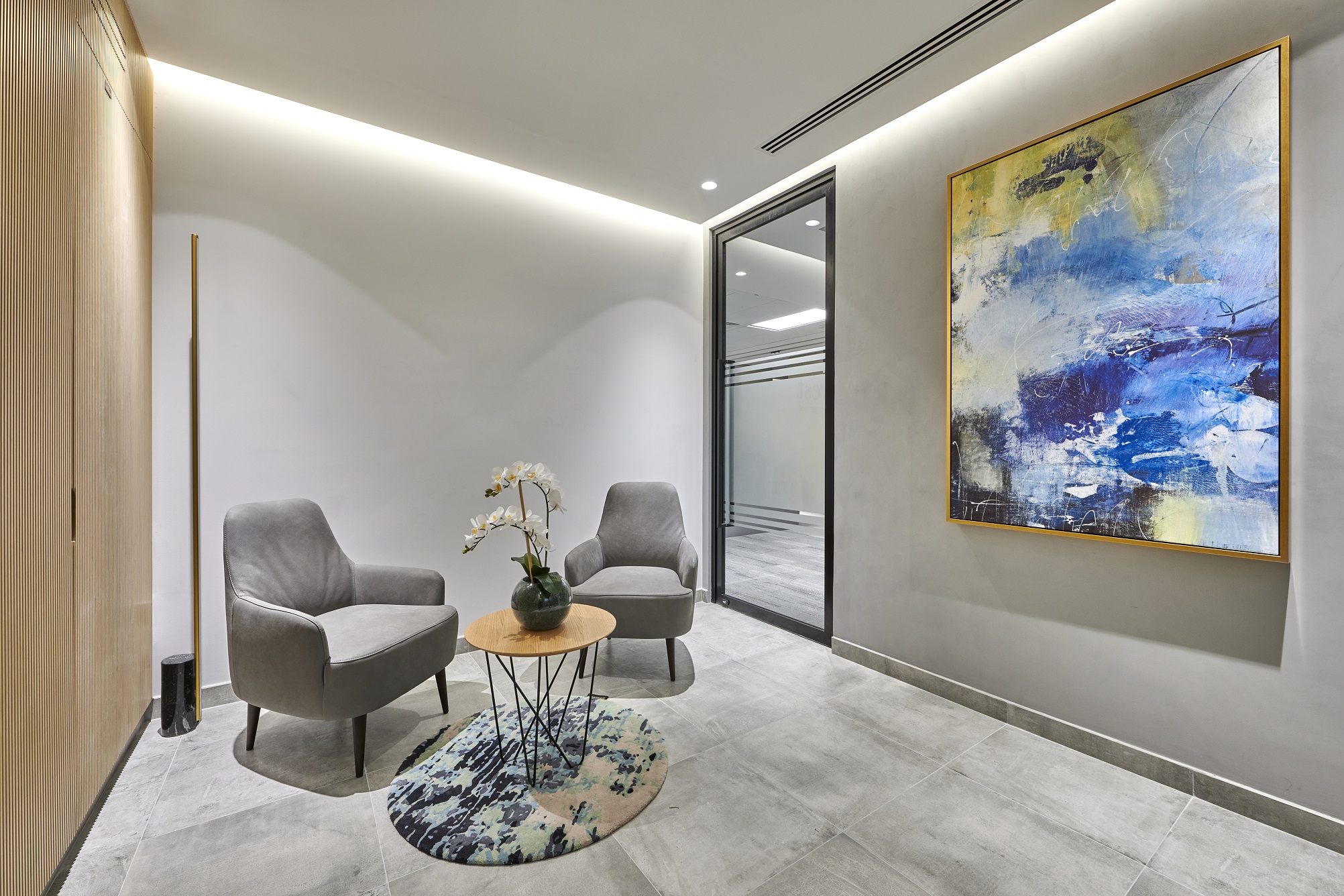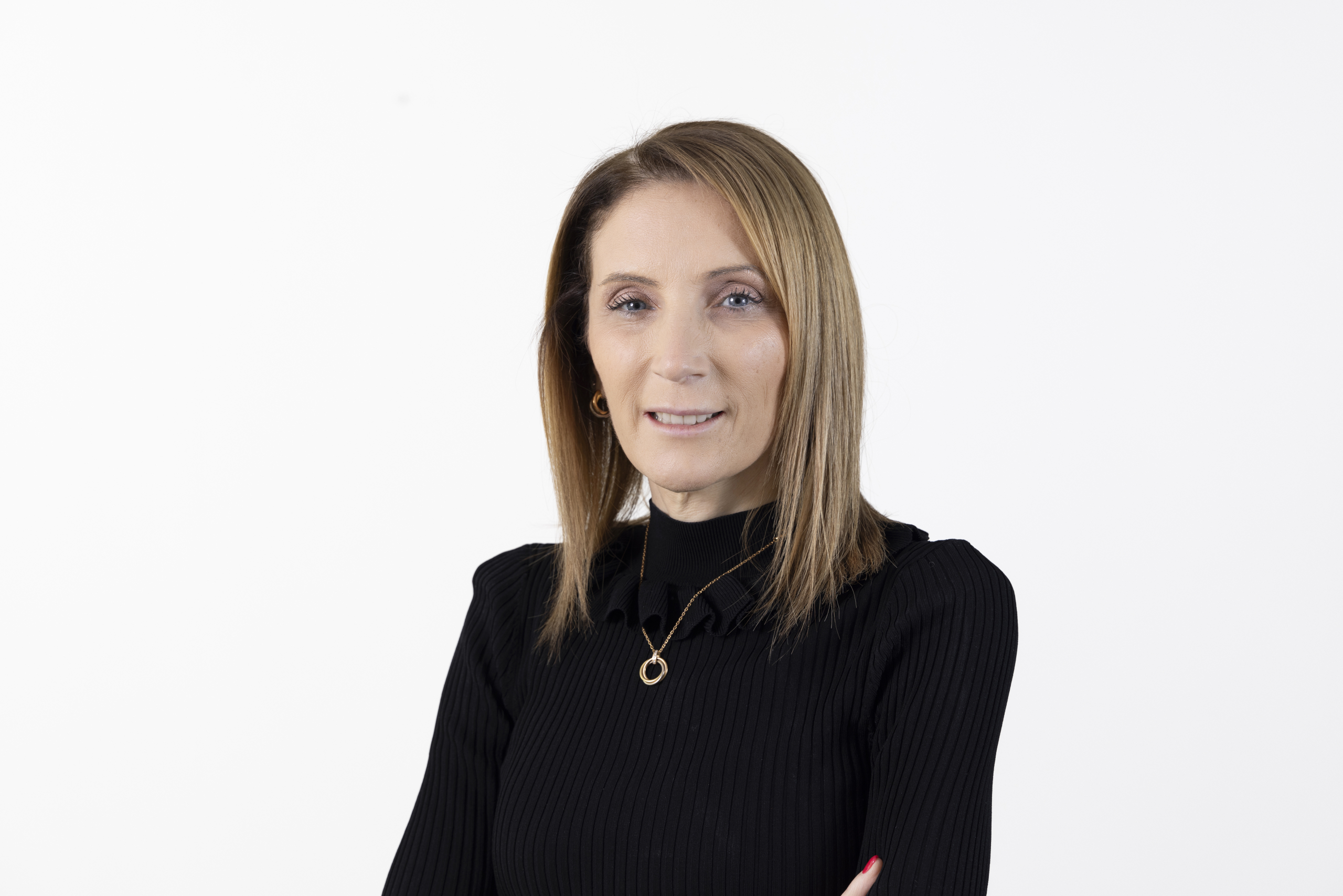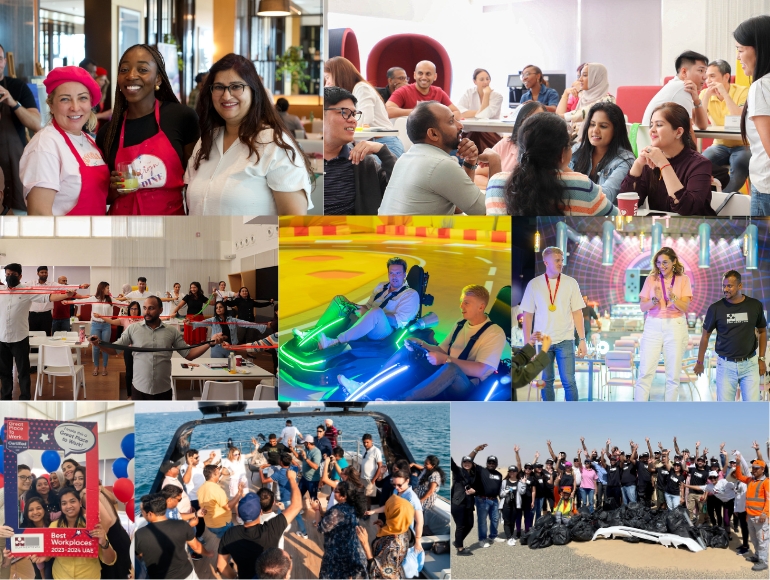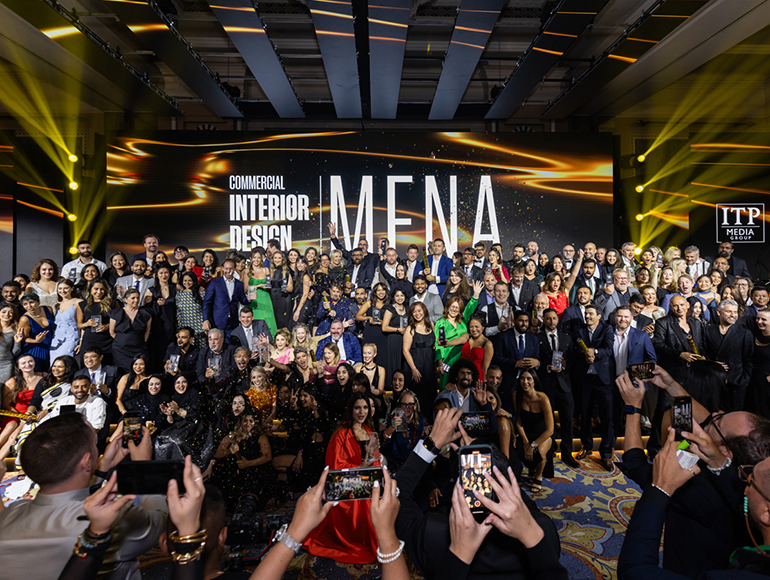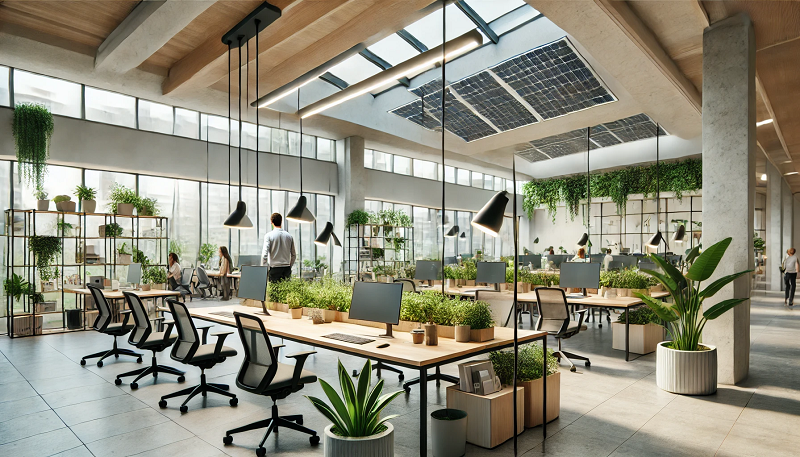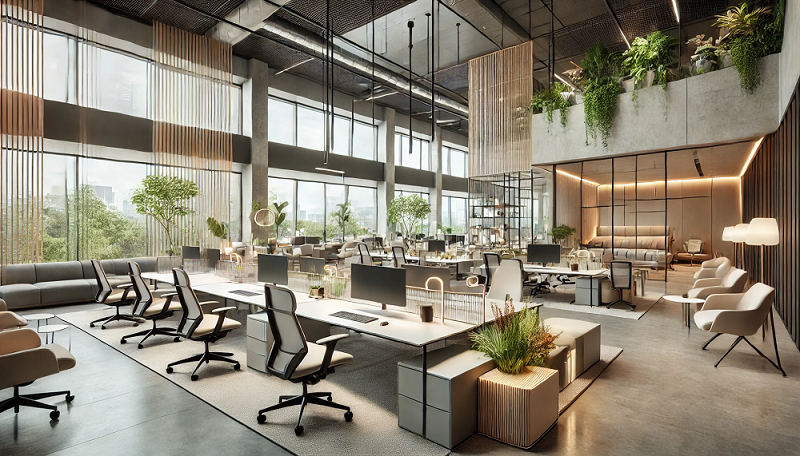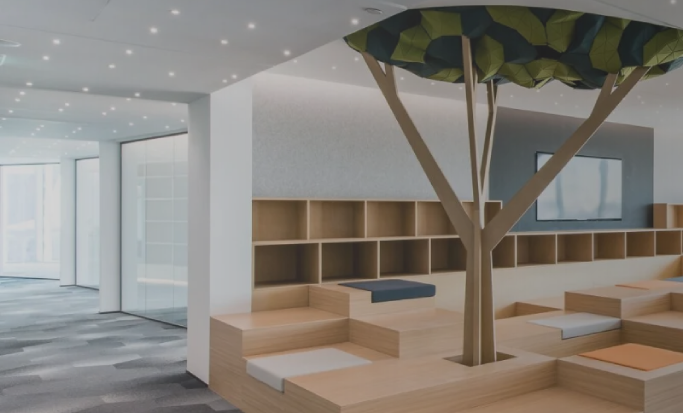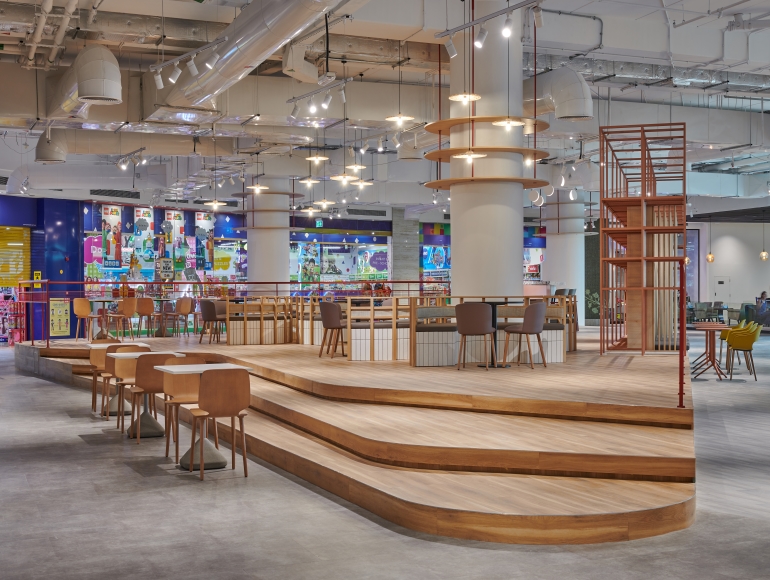

Nicola Trivett
General Manager & Sustainability Leader
Sustainable F&B design is becoming one of the most important shifts in the UAE’s dining scene. This article explores why more restaurants and cafés in the UAE are turning to greener fit-out solutions, what is driving that decision, and how sustainable design now delivers real impact for both customers and operators. For anyone exploring what sustainable interiors look like in practice, this introduction to Summertown’s LEED capabilities provides a useful starting point: https://www.summertown.ae/leed/.
Dining in the UAE has never been more dynamic. New concepts appear every month, each offering its own mix of striking interiors, inventive menus, and immersive experiences. As this creative energy grows, another shift is becoming just as influential. Diners are paying closer attention to the values behind the places they choose. Air quality, natural finishes, food waste, and environmental responsibility are now part of everyday conversations. It reflects a simple truth. Great dining is not only about the food. It is about how a space feels, how it is run, and the impact it leaves behind.
Sustainability isn’t optional anymore. It’s not a nice-to-have or a marketing line. It’s become central to how successful F&B venues operate, how they attract customers, and how they stay profitable in an increasingly competitive market.
The challenge? Creating dining spaces that look stunning, feel welcoming, and deliver measurable environmental and financial returns. That’s where specialist sustainable fit-out expertise becomes essential.
Why Sustainable F&B Fit Out is Now a Smart Business Decision in the UAE
Sustainability has shifted from a future goal to a current requirement for the UAE’s food and beverage sector. National commitments such as the UAE Net Zero 2050 strategy and Dubai’s push to reduce waste already influence how new dining spaces are designed and operated. At the same time, customers are paying closer attention to how venues support their wellbeing and the environment. They want restaurants that feel healthy, use responsible materials, and operate with purpose.
This shift is happening during a period of rapid growth. Dubai’s population has passed 3.8 million, and the city welcomed more than 18.72 million visitors in 2024. Residents now dine out around three times a week. The result is a competitive market where operators need to stand out visually and operationally. Sustainable design offers an advantage because it improves performance while strengthening the customer experience.
There is also a solid financial case. Energy efficient lighting, well planned HVAC systems, and water saving fixtures help reduce long term running costs. Summertown’s LEED-aligned projects consistently use less energy and water than standard fit outs, which supports clearer financial planning. Durable materials and responsible waste management also help reduce maintenance needs.
Finally, there is the experiential side. Better air quality, natural materials, and biophilic design help create spaces where people feel comfortable and tend to stay longer. This often leads to higher spend and stronger customer loyalty.
The link between wellbeing and performance is explored further here: The ROI of Wellbeing: What’s the Value of Wellness-Focused Office Fit Outs?
When combined, these factors show that sustainability is more than an environmental choice. It is a practical way to create dining spaces that perform better, feel better, and remain competitive over time.
For anyone interested in how waste is repurposed in practice, this article offers a useful overview: From Waste to Worth: Repurposing Materials in Office Fit-Outs
What the Picnic Square Project Reveals About High-Quality Sustainable F&B Fit Out
Theory is one thing. Delivery is another entirely.
A meaningful way to understand sustainable F&B fit out is to look at a space that brings the idea to life. Picnic Square at Times Square Center is a strong example of how thoughtful design, careful planning, and responsible construction can completely transform a dining destination.
Summertown Interiors delivered the 2,330 square metre project towards the end of 2021, and the brief was very clear. The mall wanted a warm, family-centred dining area that felt fresh, practical, and aligned with its wider sustainability goals.

Design decisions were guided by two priorities:
The space needed to feel inviting and contemporary and the materials had to support the mall’s environmental aims. Family-friendly pods were introduced to provide private and comfortable spaces for mothers with young children. These touches give the space personality, but they also reflect a deeper understanding of how people behave in communal dining environments.
The design approach prioritised natural materials throughout. Contemporary finishes, biophilic elements including plants and greenery, varied seating zones including stylish private pods for mothers. These weren’t decorative flourishes. They were strategic choices that enhanced both aesthetic quality and functional performance.
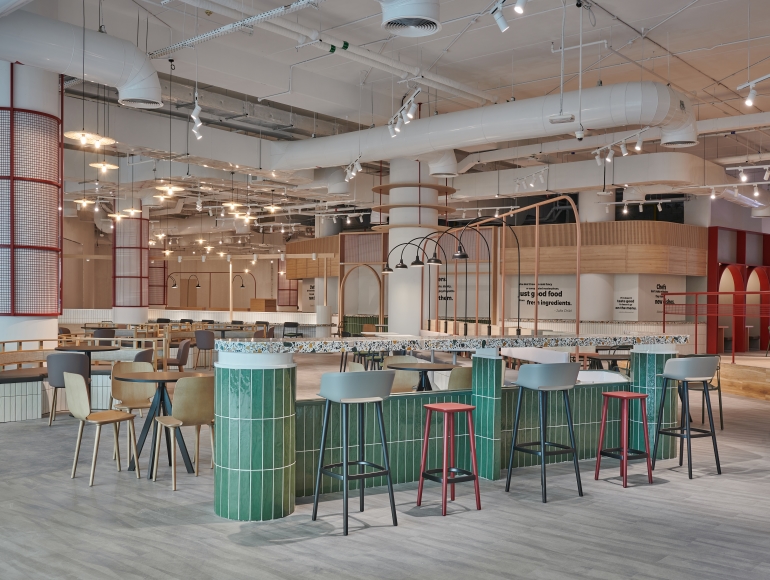
The technical work behind the ceiling shows the level of coordination involved. The entire area was designed with an open ceiling, which meant that all mechanical, electrical, and plumbing elements needed to be carefully aligned and finished in clean white. Every system had to perform efficiently without distracting from the aesthetic. Achieving this level of clarity above a food hall requires patience, accuracy, and strong communication between the site and design teams.
Sustainability ran through all stages of the project. Summertown applied responsible building practices and targeted LEED certification for the dining area in line with the mall’s long term vision. This included material selection, energy considerations, and waste reduction measures during construction. It reflects the company’s wider commitment to green delivery and its aim to achieve 100% certified projects by 2030.
If you’d like to hear directly from the people who shaped the project, you can watch the team share their insights here:
Reflecting on the project, Nicola Trivett, Summertown’s General Manager, described its success as the result of ”high level communication between our project team and the mall’s management, ensuring timely completion of the project”.
The measured outcomes tell the fuller story. The project diverted 58% of construction waste from landfills. Energy systems were designed to deliver 29% reduction in energy use per square metre compared to baseline designs. These aren’t projections. They’re actual, measured results from a completed project.
LEED Certification for F&B: What It Means and How It Delivers Real Impact

Many F&B operators hesitate when they hear “LEED certification”. They often picture complex paperwork, higher costs and long approval timelines. These concerns are understandable, but they can also stop businesses from accessing benefits that genuinely improve a restaurant’s environmental and financial performance. The truth is that LEED-certified fit-outs are far more achievable than most people expect, especially when sustainability is considered from the start.
LEED certification is a recognised framework that helps restaurants, retail spaces, offices, hotels and other commercial environments reduce their environmental impact and improve overall performance. It looks at energy and water use, material selection, indoor air quality, and waste management practices during construction.
In practical terms, LEED certified interiors work well for F&B environments because they focus on efficiency. Kitchens and dining spaces have heavy ventilation and cooling needs, so well designed mechanical systems can bring meaningful energy savings without compromising comfort. Material selection is also easier than many expect, as more products now come with environmental product declarations.
Indoor environmental quality has a direct influence on how a dining space feels. Customers may not describe CO2 levels or VOCs, but they notice when a space feels fresh, calm, and comfortable. Staff notice it too. Good air quality supports wellbeing, which helps service levels and retention. These outcomes matter in a sector where atmosphere is a core part of the experience.
Cost is a common concern, which is why Summertown offers complimentary LEED certification support for projects over 2,000 square metres. This removes a major barrier and helps integrate sustainable decisions early, rather than treating certification as an add-on.
The benefits are significant. A 1,500 square metre restaurant aiming for LEED Gold certification may achieve energy savings of around 25% to 30% and water savings of roughly 40%. Durable material choices often mean fewer replacements and lower maintenance costs.
Summertown’s own projects reinforce these projections. Our LEED certified interiors have recorded around 29% energy-use reduction per employee, and 2024 projects achieved 58% landfill diversion. If you want to see how waste is actually repurposed during construction, this article offers a clear breakdown: From Waste to Worth: Repurposing Materials in Office Fit-Outs.
These outcomes show that LEED certifications are not just a sustainability milestone. It is a practical, measurable way to create dining spaces that operate efficiently, feel better for guests and staff, and deliver long-term value.
What’s Coming Next (and Why It Matters Now)
Technology, experience-led concepts, and stronger sustainability targets are already changing how we design and operate F&B spaces. Net zero requirements are moving quickly, and what once felt ambitious is becoming the baseline. From my perspective, we are entering a phase where smart design and responsible construction simply make practical sense.
People are also looking for spaces that feel genuinely good to be in. Biophilic touches, adaptable layouts, and features that support wellbeing are no longer nice extras. They are fast becoming part of what guests expect when they choose where to eat. Operators who take these ideas on early usually find themselves better prepared as both regulations and customer expectations rise.
All of this makes the choice of delivery partner even more important. You need a team that understands the creative side of hospitality as well as the technical demands of sustainable fit-out, and who can demonstrate real, verified outcomes. For me, that is the difference between sustainability that reads well on paper and sustainability that genuinely improves how a space performs every day.

Nicola Trivett
General Manager & Sustainability Leader











